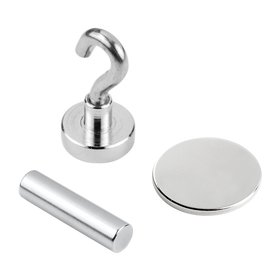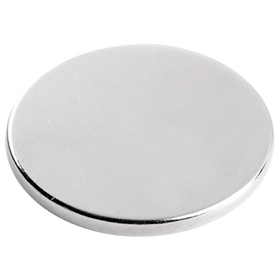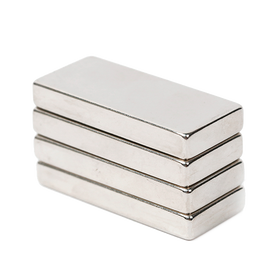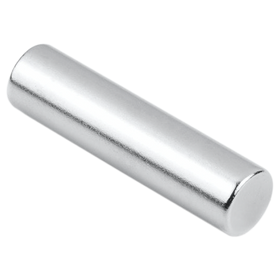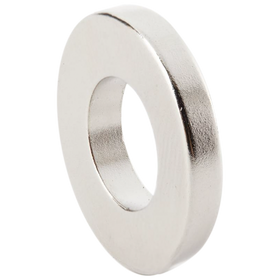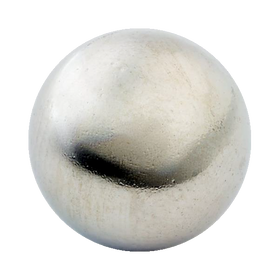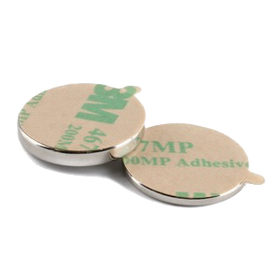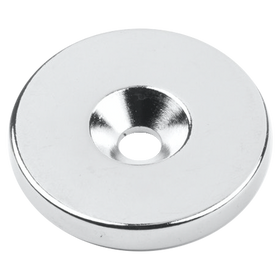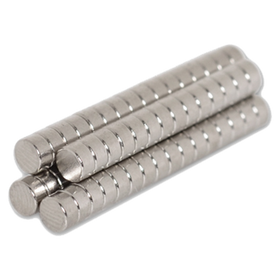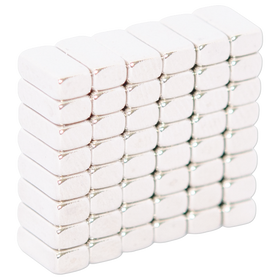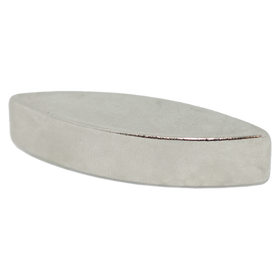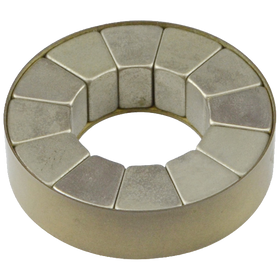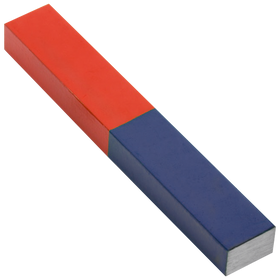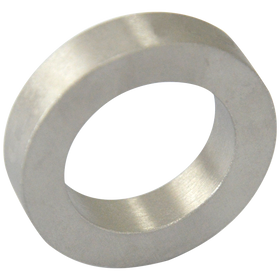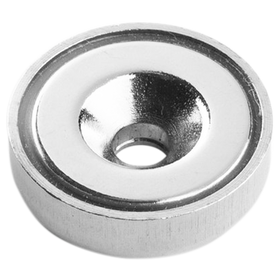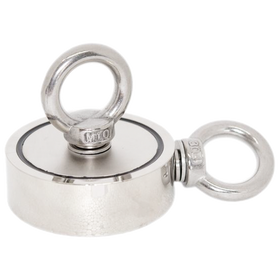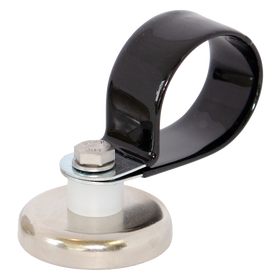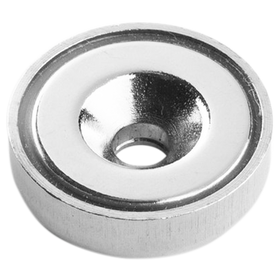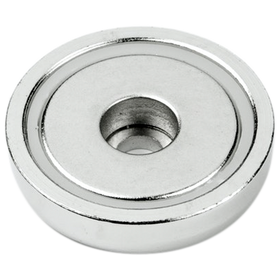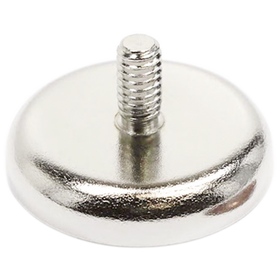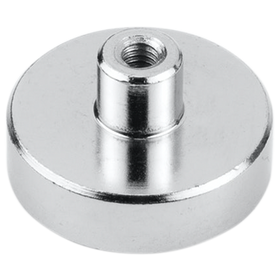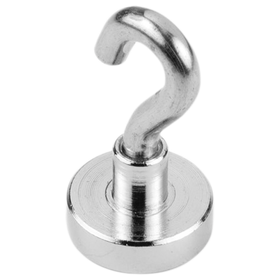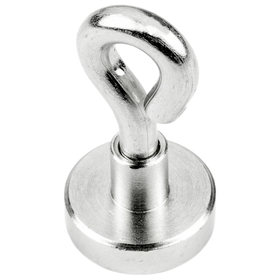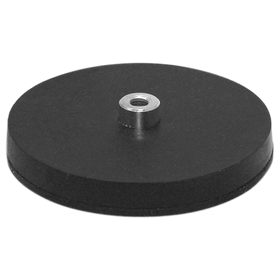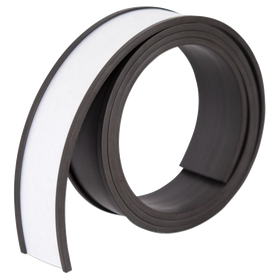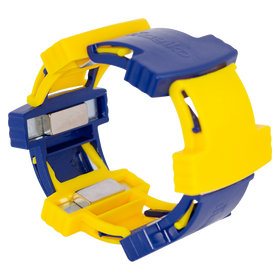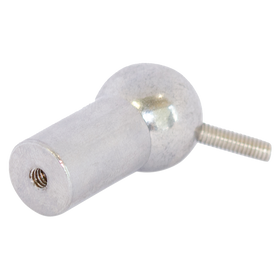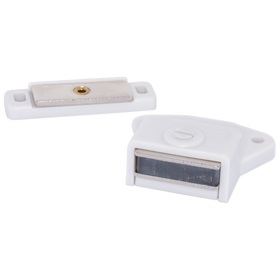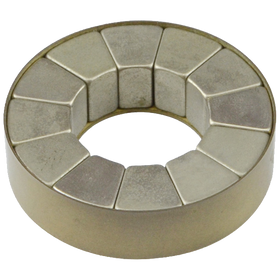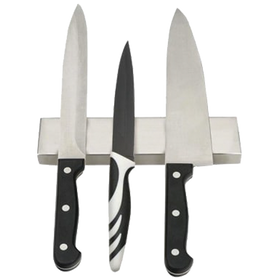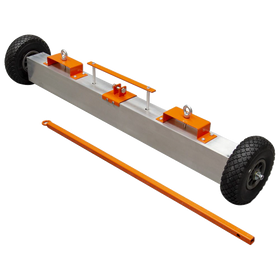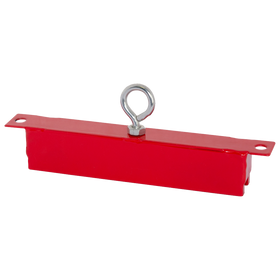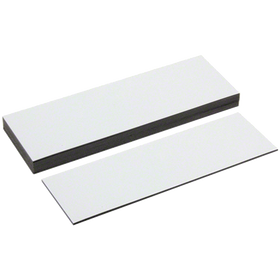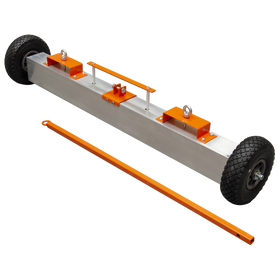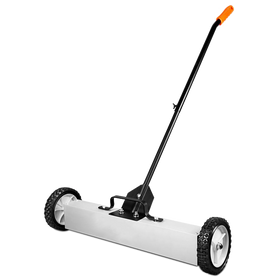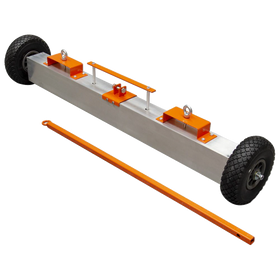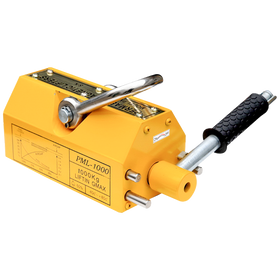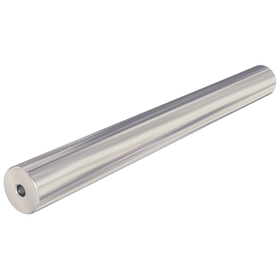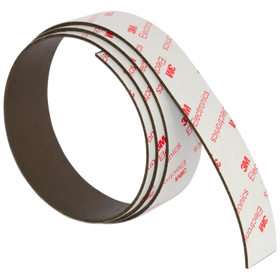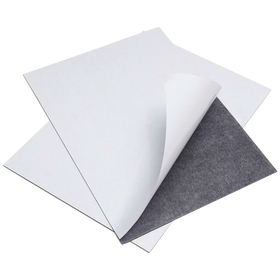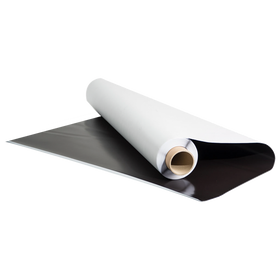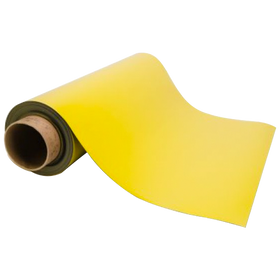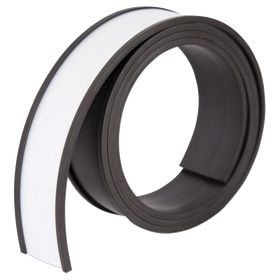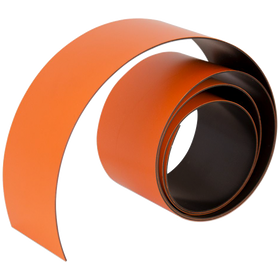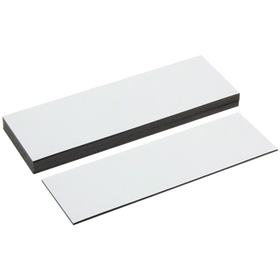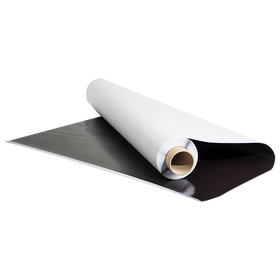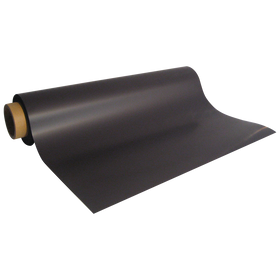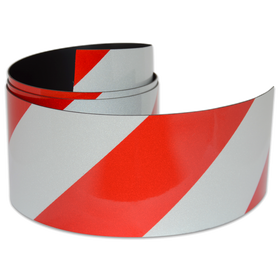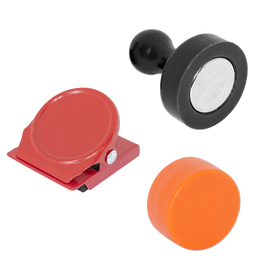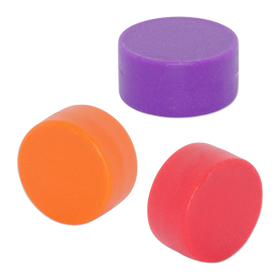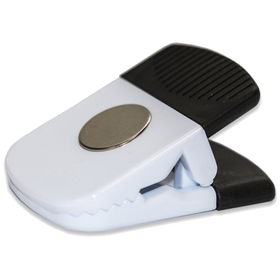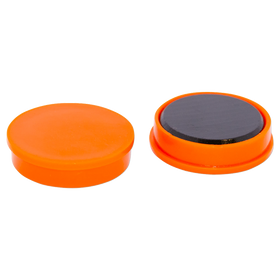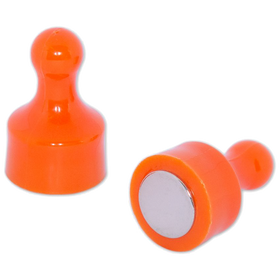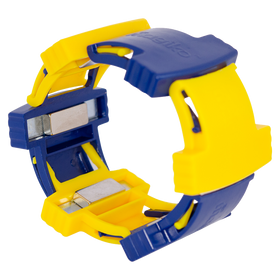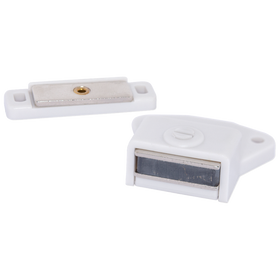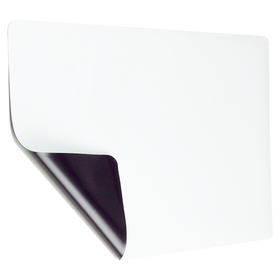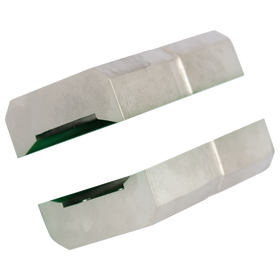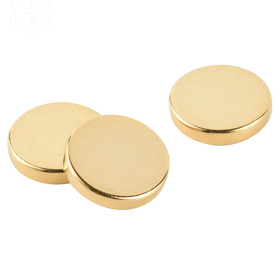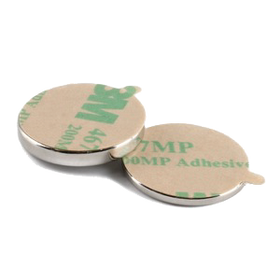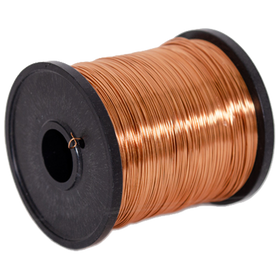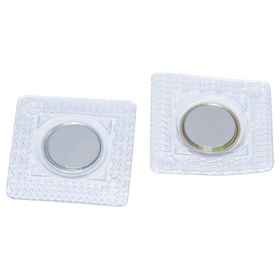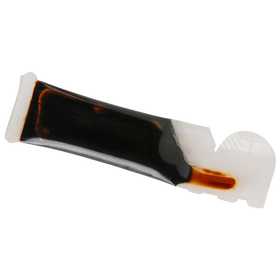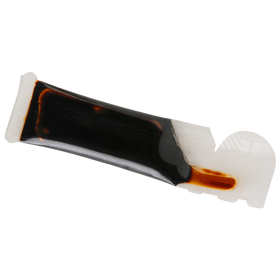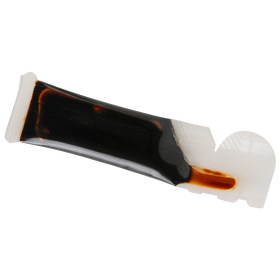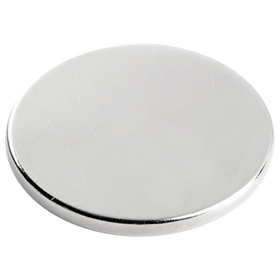
Neodymium Cylinder Magnet 15mm x 15mm N45
Same Day Dispatch
Order before 1pm to qualify for same day dispatch.
Neodymium Cylinder Magnets
Diameter: 15mm (0.590" in.)
Height: 15mm (0.590" in.)
Grade: N45
Coating: Nickel (Ni)
Magnetized Direction: Through height - 15mm
Theoretical Holding Force: ~10.21 kg
Surface Gauss: 6,126 gauss
The North and South poles are located at the two flat ends of this cylinder-shaped Neodymium Permanent magnet. Cylinder shapes have far more magnetic material between the pole surfaces (height dimension) than Disc-shaped magnets and therefore cylinder magnets have more holding power. The relatively small pole surface areas and the large volume of magnetic material between them is reflected in a magnet that emits a penetrating, narrow and High-Gauss magnetic field. N45 Grade magnetic material used in the manufacture of this cylinder amplifies the strength of the field to an even higher level. Unlike the majority of Block and Disc magnets, Cylinder shaped magnets sit neatly inside slightly larger diameter tubes or pipe-shaped devices and can react in a physical way to ferrous metal or interact with electromagnetic fields to open or close electrical circuits...This has for many years been the operational basis for an alarm activation, sensors, and switching devices because of the largely non-mechanical method in which it functions and the long-term reliability and durability this affords.
The narrow field properties and thin cylindrical shape make these magnets ideal for metal detection and applications where the magnet needs to be grasped and relocated by hand. The cylinder shape extends high above the bonding surface which makes it easier to prise away and break the magnetic bond. This is far more difficult with flat, disc-shaped magnets. The round shape and penetrating field characteristics of cylinder magnets are also useful in the operation of magnetic closure systems for cabinetry and also in the detection and retrieval of metallic objects. Cavities with similar diameters that are drilled into timber can be easily fitted with cylinder magnets. The magnet can attract metal striker plates and secure a timber door in a closed position. Cylinder magnets are also suited to detecting metal fasteners inside wall cavities that are otherwise invisible. Detecting a metal nail or screw inside a wall cavity means the timber frame or stud is also present and this indicates a suitable place to securely hang artwork or heavy audiovisual equipment.
Typical Physical Properties

NB: Ranges are indicative for product category, please check individual products for specic values within that range.
Production Flow Diagram

Demagnetization Curves

Surface Treatment

The most common coating for Neodymium magnets is Nickel + Copper + Nickel (Ni + Cu + Ni). This coating offers the magnet relatively good protection from corrosion and passive applications. If the magnet will be exposed to moisture or liquid then consider the use of an organic coating such as Epoxy. A hard wearing coating, Epoxy is suited to applications where the magnet will come under some friction or knocking.
Range and Tolerance

Magnets are readily available in Blocks, Discs, Cylinders & Rings. AMF Magnetics specializes in the supply of short-run prototype magnets including Arc Segments, various magnetic orientations etc. If you need a magnet size that we don't carry in stock, submit a Design-a-Magnet enquiry for a quote on your custom magnet design.
Magnetic Properties

Neodymium magnets are offered in several different grades. The first section N30-54 has an operating temperature of up to 80 degrees. Most of our stock only goes up to N38. The second section, denoted with the "M" prefix after the grade has an operating temperature 100 degrees. After this the grades are "H", "SH", "UH" & "EH". In order for the magnet to withstand a higher operating temperature, during production more of the raw material PrNd is incorporated as these elements have a naturally occurring resistance to high temperatures.
Returns Policy
If you are not entirely satisfied with your purchase, we're here to help.
We have a 30 Day Returns policy at Frenergy Magnets. You may return your item within 30 days of receiving it to receive a refund.
The product/s must be unused and in the same condition you received them in. Please contact us at info@frenergy.com.au to initiate the returns process.
The buyer is responsible for the cost of returning the order.

